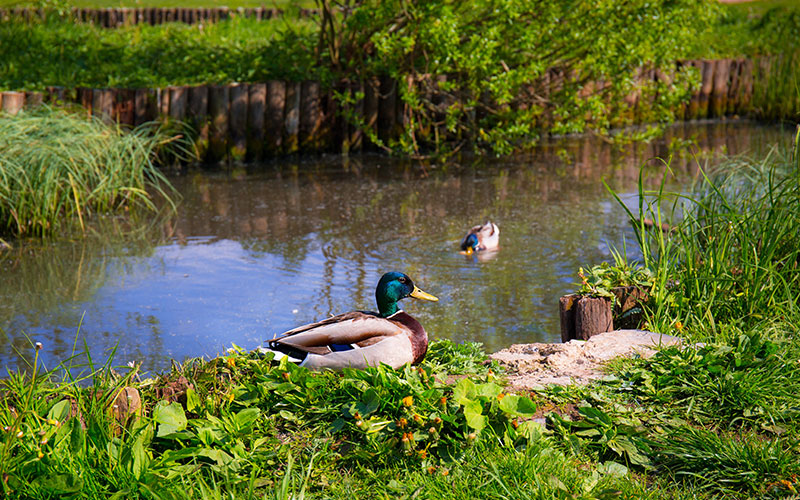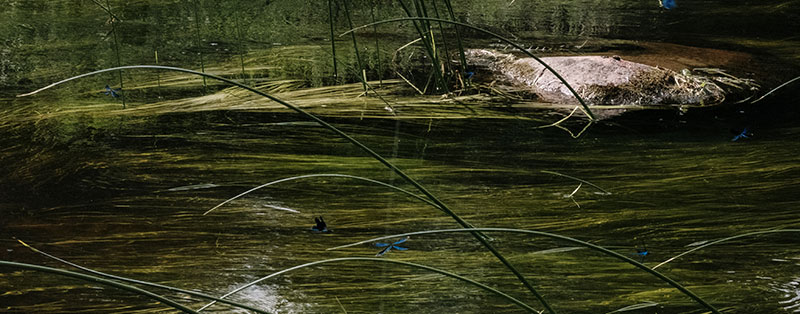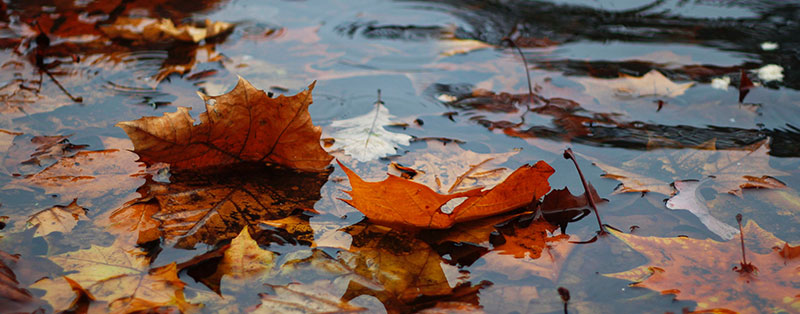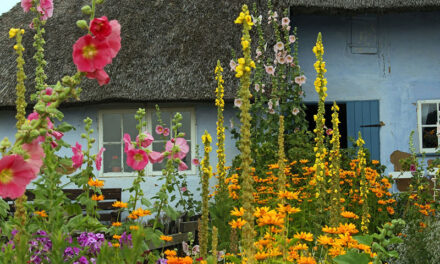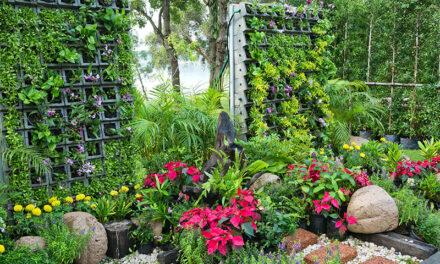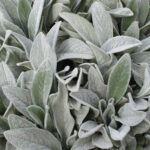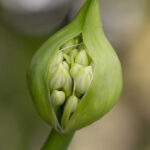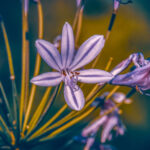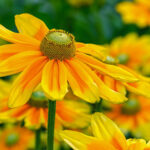Similar to your garden and plants, your pond requires care. Pond maintenance doesn’t have to be a hassle. With consistent attention, a thoughtfully designed natural pond can be low-maintenance.
Naturally, you start with a pond. If you’ve already built one, effective pond maintenance is crucial. Spring and fall demand more work, while summer and winter typically require little to no effort—unless repairs are needed.
Winter Care for Your Pond
During winter, your pond rests, and your fish go into hibernation. If the pond freezes over, gently break a portion of the ice to prevent undue pressure on the pond’s walls.
Keeping the Pond Open During Frost
It’s important to keep a part of your pond open during frost to prevent damage. Freezing water expands, increasing pressure on the pond’s walls. Ensuring an open connection to the air and removing some of the ice can alleviate this.
Pond Maintenance in Spring
Spring demands a bit more attention for your pond. Due to winter’s increased rainfall, it’s wise to test your pond’s quality with a water test. Rainfall can lower water hardness. Proper hardness ensures oxygenating plants can absorb nutrients and thrive. Spring is the growth season, so provide the right nutrients and hardness. These plants are vital, as they guarantee clear pond water.
Pond Cleaning
If last year’s oxygenating plants are still present, you can split or trim the unhealthy parts. Give the good ones and new shoots a spot in a container that goes back into the pond. If you’re short on oxygenating plants, you can add new ones.
Also, assess floating and marsh plants in the spring. Prune away rotten parts and thin out plants that have grown too big. If you have floating plants that can’t withstand frost and you kept them frost-free over winter, you can return them to the pond at 15 degrees Celsius.
If your pond features pumps and filters, give them a thorough cleaning in spring. Regular inspection and maintenance of these materials are essential. Refer to the pump and/or filter’s instructions for guidance on how often and how to do this.
Algae
In spring, you might face more algae issues. This happens because algae begin growing at lower temperatures than oxygenating plants. Reduced water hardness also aids string algae’s development.
Fighting Pond Algae with Vinegar
Let’s address this directly: it’s unwise to combat algae with vinegar in your pond. Vinegar disrupts the pond’s biological balance. Special solutions exist for controlling early-season string algae growth in a natural way. Once your oxygenating plants are thriving and water hardness is adequate, algae won’t stand a chance.
Tackling Suspended Algae in Ponds
Suspended algae, tiny one-celled organisms, cloud your water and turn it green. Correct water hardness is crucial to combat them. You can add mineral clay to your pond for this purpose. Additionally, ensure sufficient CO2 by adding it to your pond. Look for a natural solution to remove suspended algae. Only after these measures, supported by oxygenating plants, will suspended algae stay at bay. For an effective solution against both suspended and string algae, check this product.
String Algae in Ponds
String algae are algae that form in strands and patches in your pond. You can scoop them out by swirling a stick in the water. The patches and strands cling to the stick and can thus be removed from the pond. String algae vanish when you introduce enough oxygenating plants to your pond. With proper water hardness, these plants absorb the nutrients that string algae thrive on.
Also, ensure a presence of floating plants, water lilies, and marsh plants to purify the water. Using the product below, for instance, dissolves string algae, restoring your pond to clarity. Always use this alongside a sufficient number of oxygenating plants, or you’ll likely face the same issue again over time.
Summer Pond Maintenance
Summer brings warmth and life to your pond, but effective pond maintenance remains crucial. Here’s how to keep your pond vibrant and healthy throughout the season.
During summer, keeping an eye on your pond’s well-being is essential. Regular pond maintenance ensures everything functions as it should. Take the time for tidying up, removing fallen blossoms, leaves, branches, or flowers. And most importantly, relish in the beauty of your pond, teeming with life. This approach is essential for year-round pond maintenance.
Top up your pond
As dry spells become more frequent, pond water levels tend to drop. Sun-heated water can lead to reduced oxygen levels. If your pond hosts fish, ensure their well-being by adding extra oxygen through methods like using a pond aerator or cooling the water. Regularly topping up your pond with small amounts of water, whether from groundwater or a hose, maintains the pond’s biological balance. Keep in mind that even in milder periods, adding water may be necessary due to potential leaks. In such cases, verifying your pond’s integrity is essential for proper pond maintenance.
Remove leaves
Summer’s heat may prompt trees to shed leaves prematurely to survive. To maintain your pond’s hygiene and ecosystem balance, strive to keep it as free of leaves as possible, just like you would in autumn.
Mosquito larvae
For ponds with fish, mosquito larvae can pose a problem. These larvae are a delightful treat for fish but not for you. The solution: introduce fish to your pond. Another approach involves adding a touch of olive oil or specialized anti-mosquito larvae products. These products form a thin layer on the water’s surface, denying the larvae access to oxygen. To prevent these larvae from flourishing, it’s also wise to have oxygenating plants in your pond. Additionally, water movement, thanks to fountains or waterfalls, can discourage mosquito larvae. This comprehensive strategy ensures a serene pond experience and underscores the importance of consistent pond maintenance.
Autumn Pond Maintenance: Preparing for the Next Season
Autumn is the time to lay the groundwork for the upcoming season. In this season, attend to the following tasks:
-
Check your pond’s water hardness, which should be between 8 and 12 dH. If it’s low, supplement with additional calcium and magnesium. Algae tend to grow longer in autumn, even at lower temperatures than oxygenating plants.
-
Rid your pond of algae.
-
When the temperature drops below 8 degrees Celsius, you can turn off your pumps and filters. Ensure to inspect and clean them as well.
-
If fallen leaves are a concern, install a fine mesh net to catch them. Leaves left uncleared will accumulate at the pond’s bottom, forming a thick layer of mud or sludge. This layer promotes excessive nutrient levels in the water, increasing the likelihood of algae development.
-
Examine the plants in and around your pond for dead parts and remove them. This is similar to removing fallen leaves. These remnants will gather at the pond’s bottom, introducing excessive nutrients to the water.
By tending to these tasks, you’ll be effectively maintaining your pond during the autumn months, fostering a healthier pond ecosystem for the seasons ahead.

